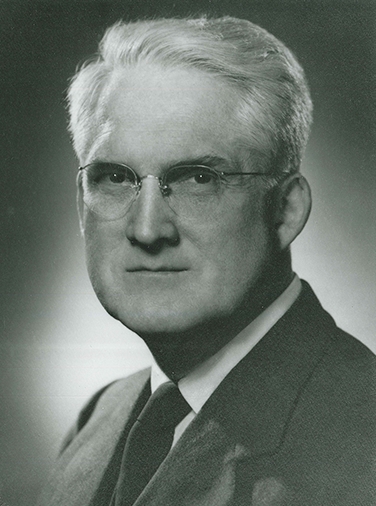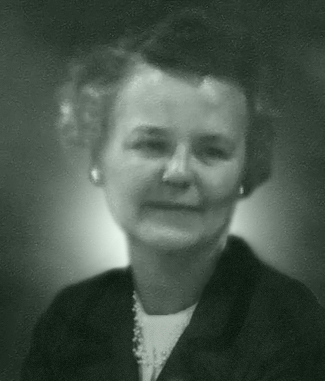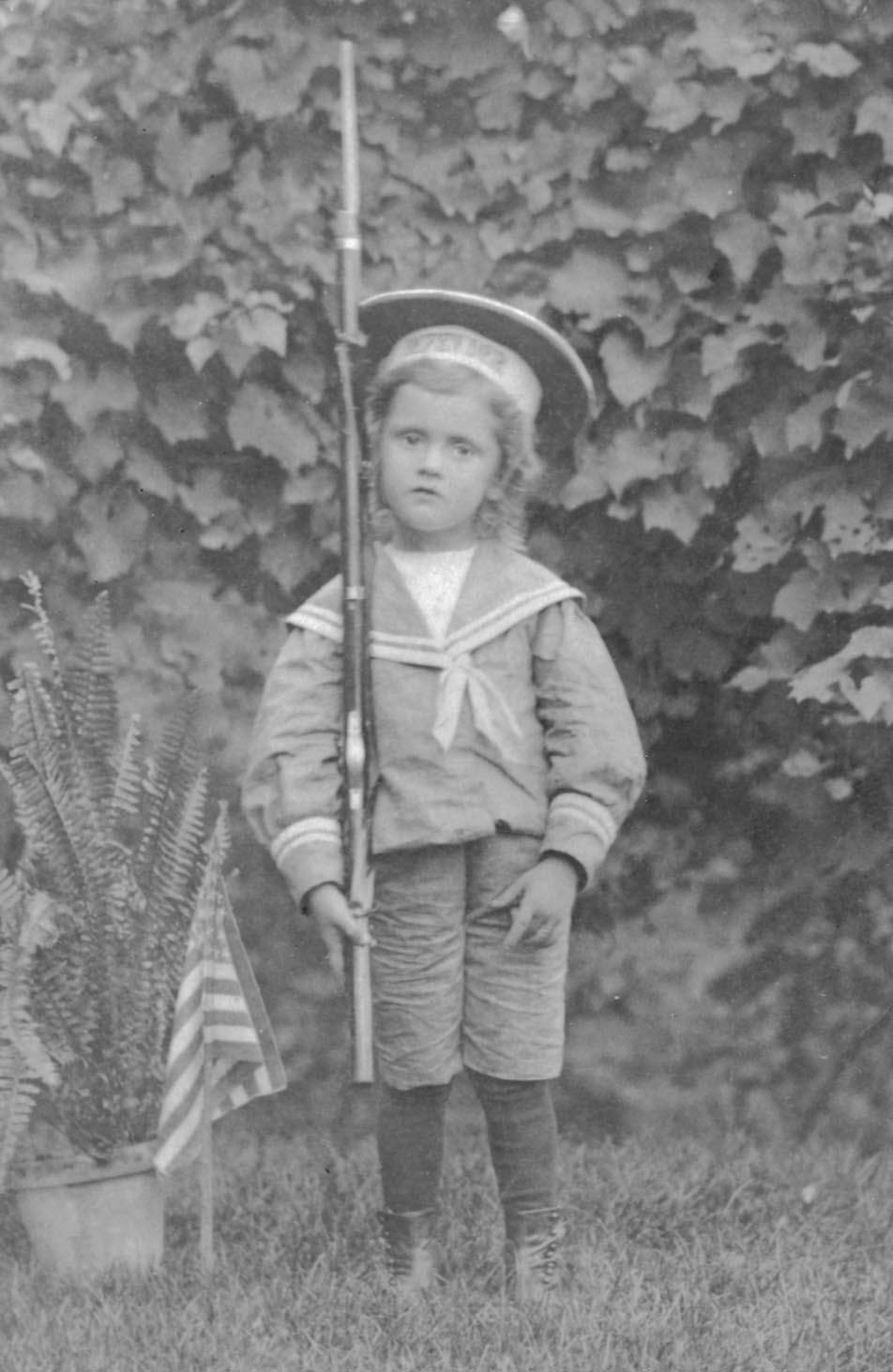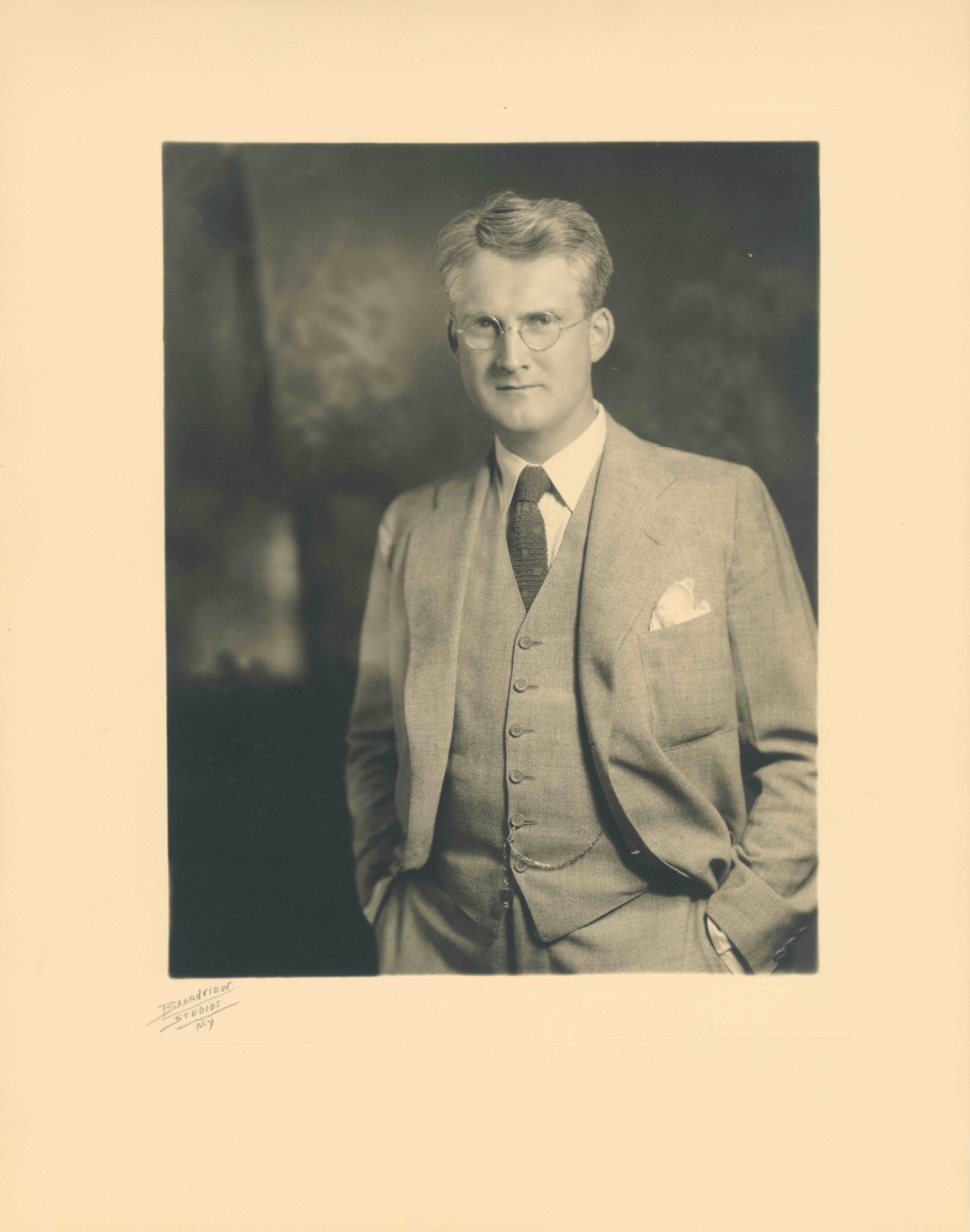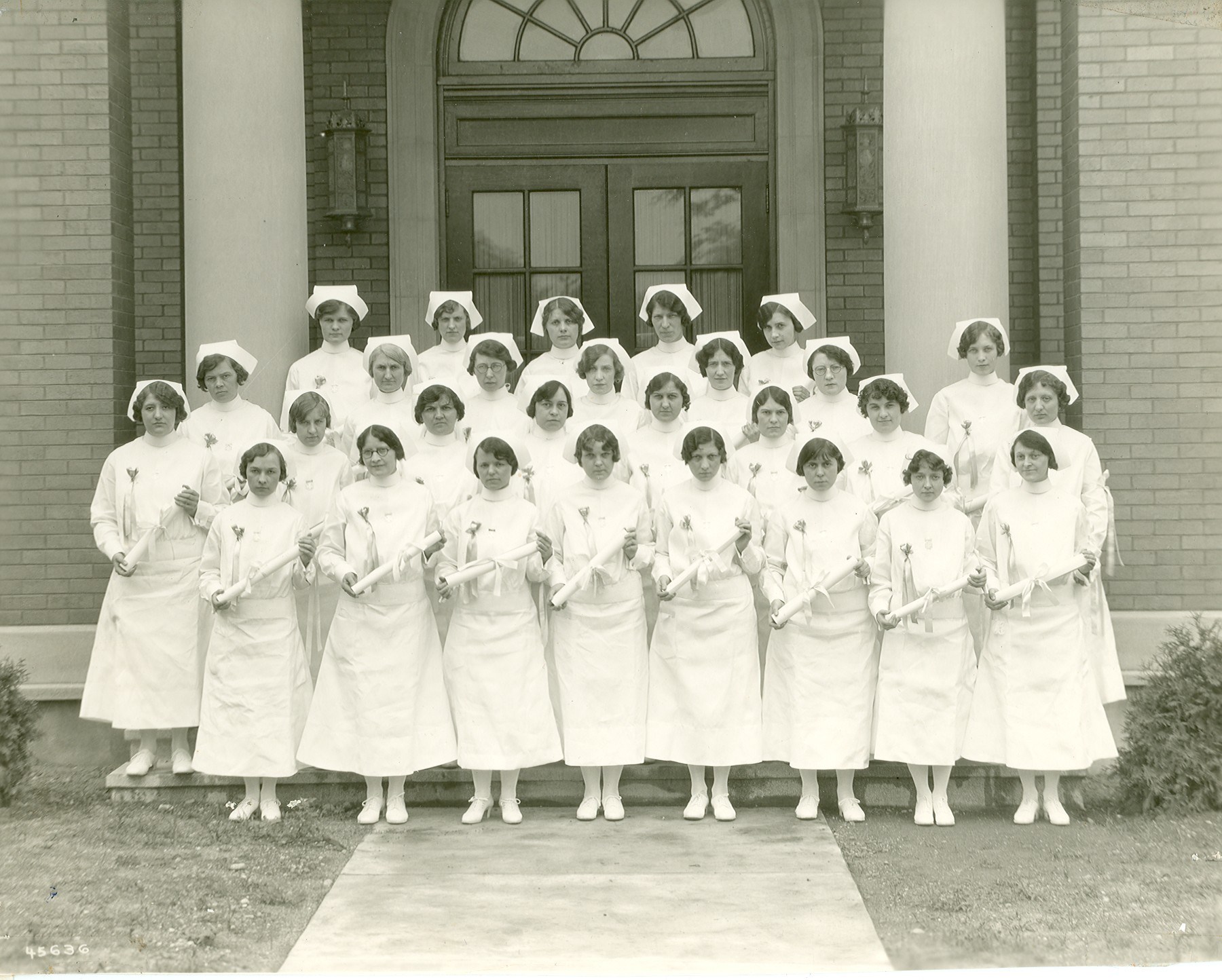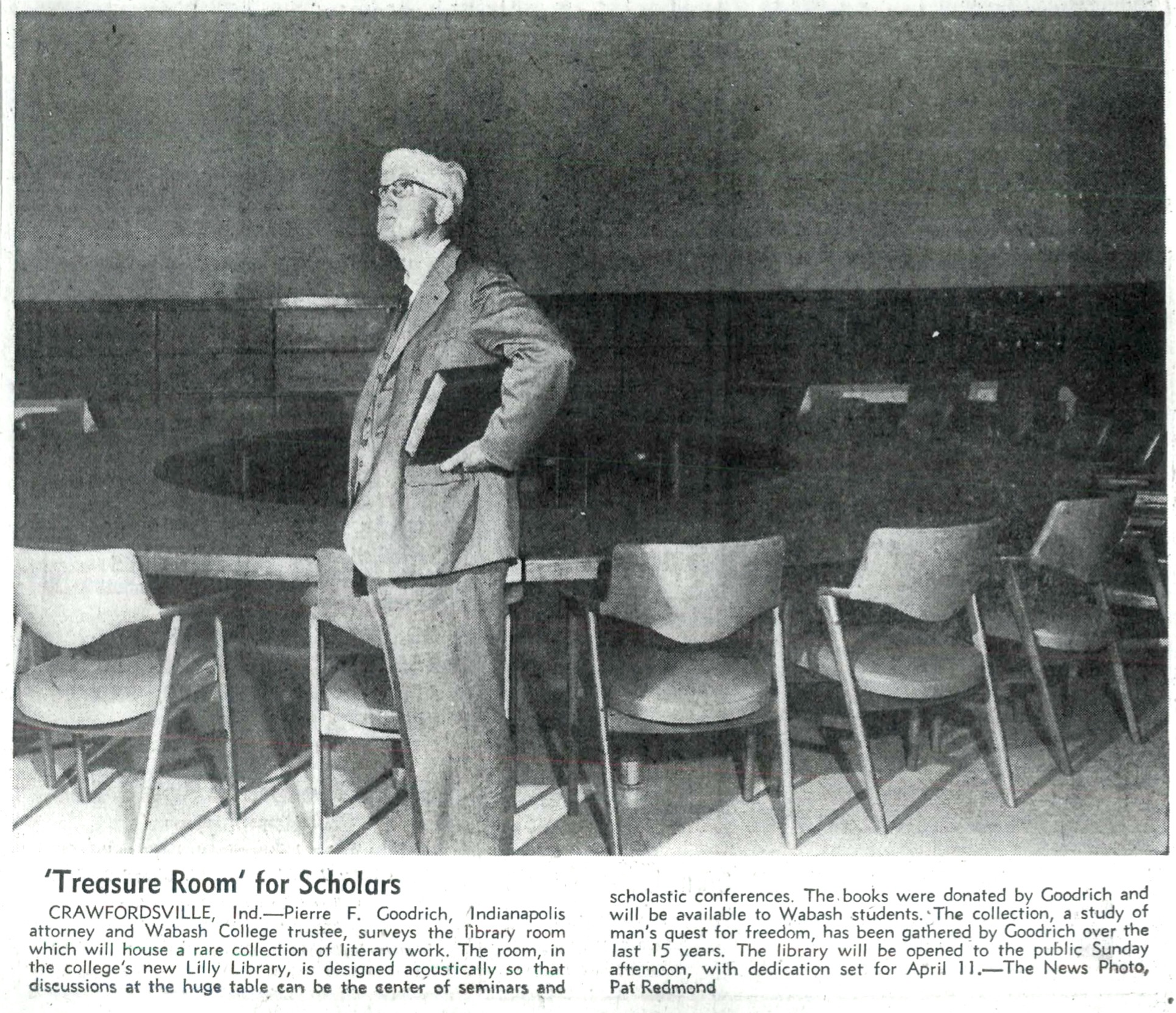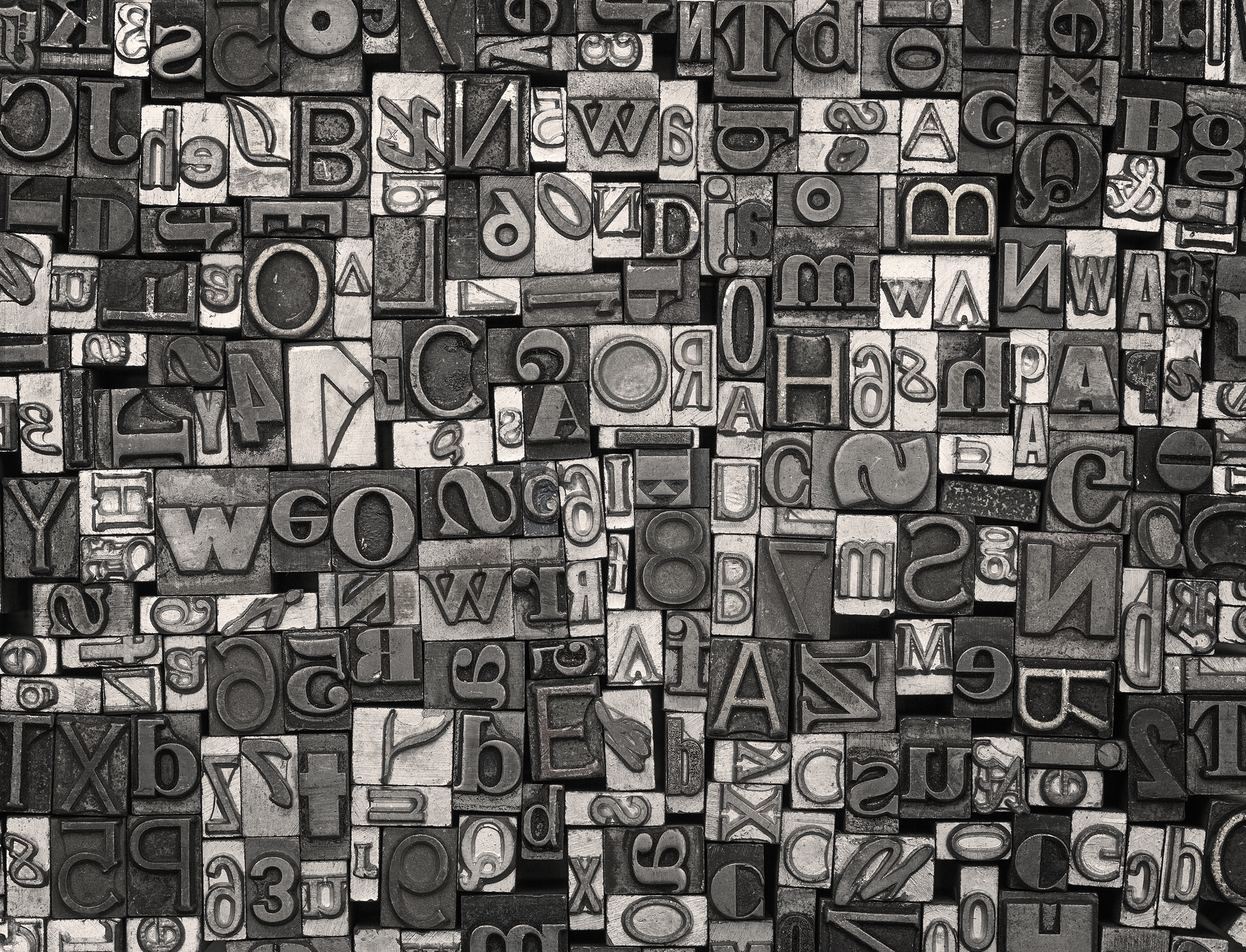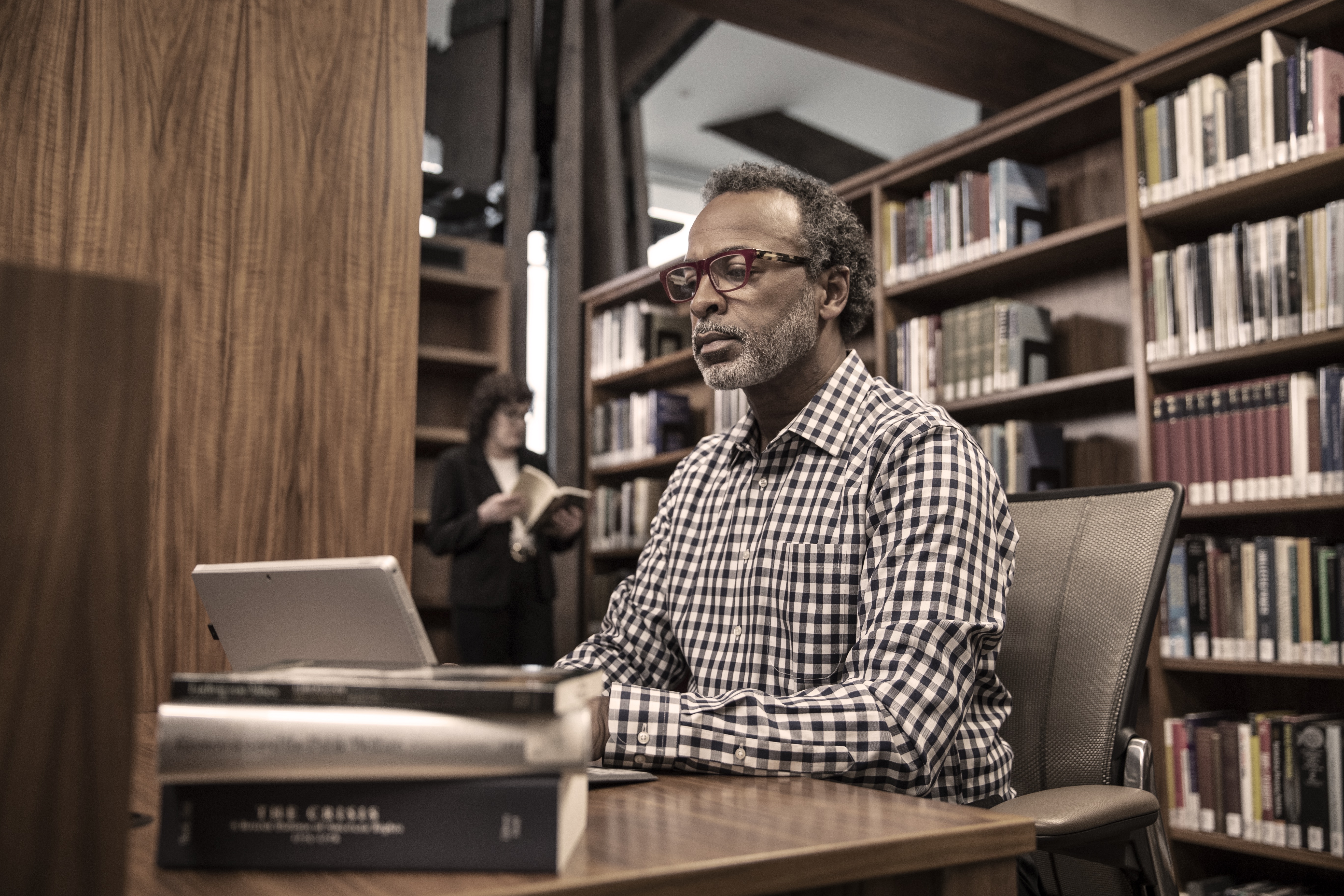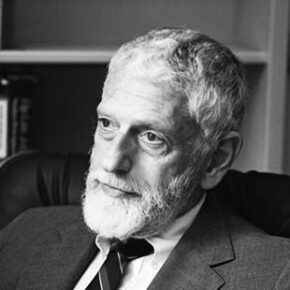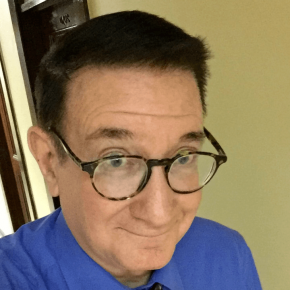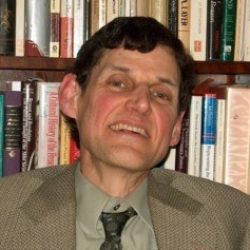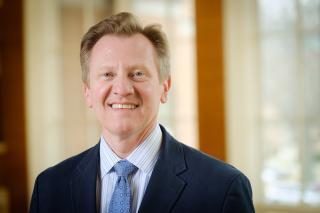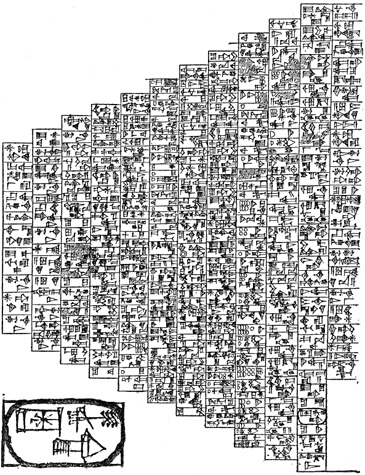Today, the amagi is a key element of the Liberty Fund logo and can be found throughout our building and inside the front and back covers of our books. We believe in preserving this ancient cuneiform to ensure its meaning is never lost.
We find that the amagi sparks curiosity and starts discussions about its origin. We are honored to share the story of the Sumerians who believed in communicating the importance of liberty.

